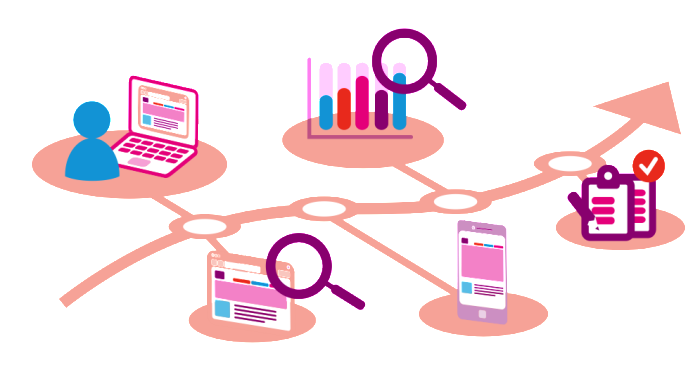The digitisation of workplaces has empowered numerous organisations to grow, enhancing productivity and efficiency while inspiring innovation and creativity. It has also helped the workforce evolve, to cater to more collaborative and flexible work models.
Business entities are pacing to adapt to the shifts of collaboration in workplaces. At a digital workplace, the concept of working together has transformed. Digitisation has enabled the employees to make use of cost-effective, mobile and agile workplaces that have more flexibility. A lot of organisations allow their workforce to work from anywhere they want to, but it is the startups and the SMBs that are making the best use of this technology.
The environments of standard workplaces are also changing along with technological advancements. The number of young people in an organisation is higher than it used to be; the aspirations and work-oriented goals of this group differ as well. For example, this generation seeks flexibility and wishes to maintain a work-life balance with an equal emphasis on the ‘life’/leisure aspect, which can only happen at a workplace that is beyond current limitations.
 So, the organisational leader must implement the digital workplace by offering additional collaborative opportunities to workers, enabling a real-time exchange of information and ideas. The employees should also have all the tools that they need to make the business more productive. Organizations do not find themselves restricted to one particular location or face issues pertinent to the limited talent that the place has to offer. Cost-effectiveness, time-management and convenience are the primary benefits of a digital workplace.
So, the organisational leader must implement the digital workplace by offering additional collaborative opportunities to workers, enabling a real-time exchange of information and ideas. The employees should also have all the tools that they need to make the business more productive. Organizations do not find themselves restricted to one particular location or face issues pertinent to the limited talent that the place has to offer. Cost-effectiveness, time-management and convenience are the primary benefits of a digital workplace.
Leading IT Service Providers should focus on offering sophisticated technologies with the aim of improving productivity and collaboration while simultaneously creating an environment that allows employees to feel motivated to perform their best. Enterprises today can leverage a global collaborative effort and involve more diverse and geographically staff.
There are three essential elements which can be used to improve today’s traditional workplace – people, processes and technology. With the smart model in mind, organisational processes will be streamlined by the use of technology through a three-step to approach that will augment workflow, the workplace and work style itself. To understand more about the digital workspace, you can take a look at Ricoh’s offerings since they are industry leaders specialising in these services.
